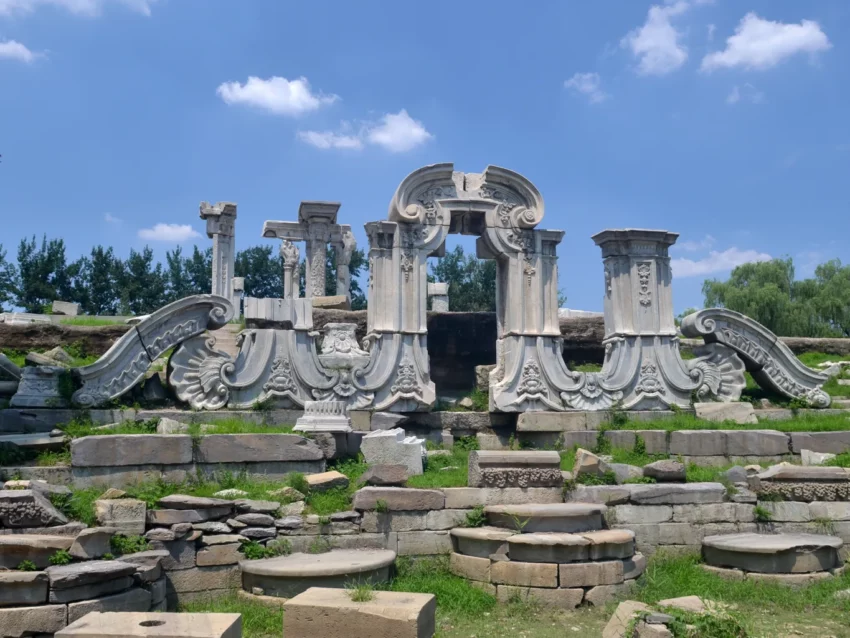The Old Summer Palace: A Tale of Splendor and Ruin
The Old Summer Palace, also known as Yuanmingyuan (Gardens of Perfect Brightness), was a vast complex of palaces and gardens located in Haidian District, Beijing. Just 8 kilometers (5 miles) northwest of the former Imperial City, it was a masterpiece of Chinese garden and palace design. Constructed during the 18th and early 19th centuries, it served as the main residence for the Qing emperors, where they handled state affairs, while the Forbidden City was reserved for formal ceremonies.
Get your dose of History via Email
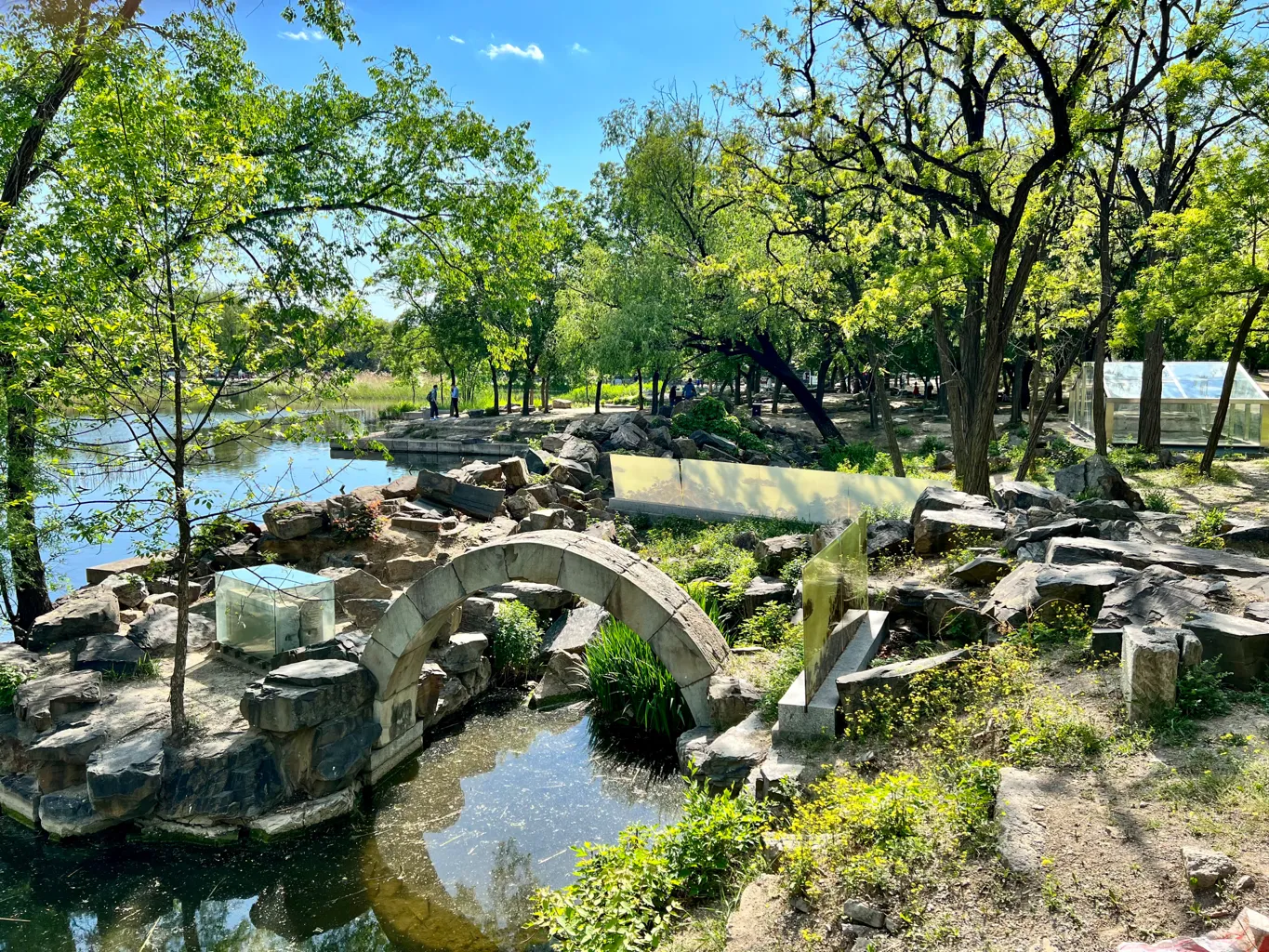
Architectural and Artistic Marvel
Known as the “Garden of Gardens,” the Old Summer Palace was home to a remarkable collection of gardens, intricate buildings, and countless art and historical treasures. The sprawling estate covered 3.5 square kilometers (860 acres), nearly five times the size of the Forbidden City. It comprised three main gardens: the Garden of Perfect Brightness, the Garden of Eternal Spring, and the Garden of Elegant Spring. These gardens featured a multitude of halls, pavilions, temples, and lakes, showcasing the pinnacle of Chinese landscape and architectural artistry.
Historical Significance
Initially constructed in 1707 by the Kangxi Emperor as a gift for his fourth son, Prince Yong (later the Yongzheng Emperor), the palace saw significant expansions under the Yongzheng and Qianlong Emperors. The latter’s reign marked the peak of the palace’s grandeur, with the creation of 50 scenic spots and European-style architectural additions. Jesuit designers like Giuseppe Castiglione and Michel Benoist contributed to these exotic structures, reflecting the emperor’s taste for diverse artistic styles.
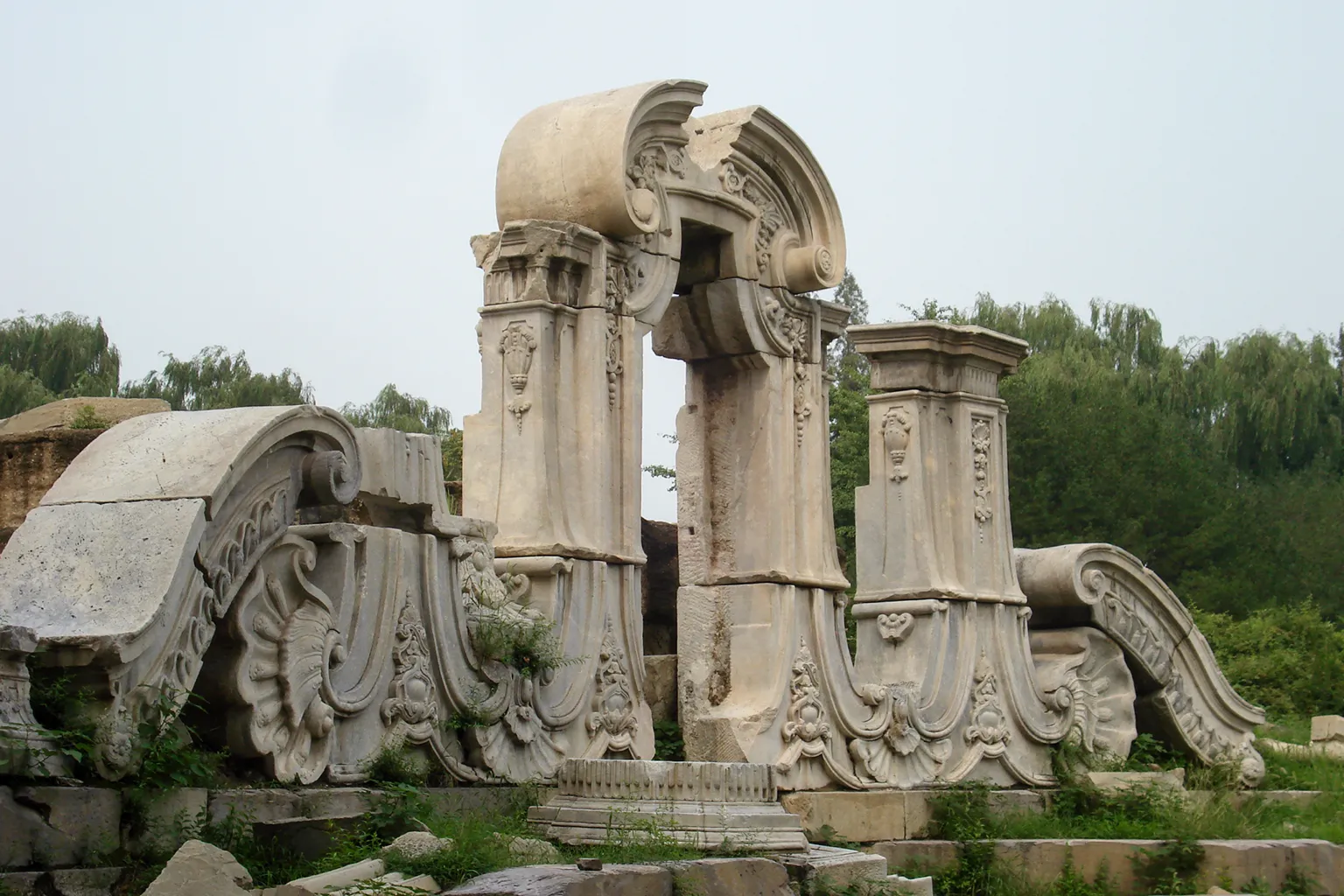
Devastation During the Second Opium War
The Old Summer Palace met its tragic end during the Second Opium War. On October 6, 1860, French and British troops captured the palace, looting and destroying its priceless collections. Following the capture and torture of an Anglo-French delegation by the Qing government, British High Commissioner James Bruce, 8th Earl of Elgin, ordered the complete destruction of the palace on October 18. The massive complex was set ablaze by 4,000 troops, and the fire raged for three days, obliterating one of the greatest concentrations of historical treasures.
The Ruins and Their Legacy
Today, the ruins of the Old Summer Palace are a poignant reminder of its past splendor. The most prominent remains are the Western mansions, a collection of 18th-century European-style buildings designed by Castiglione and Benoist. These ruins often mislead visitors into believing the entire palace was of European design, although 95% of the gardens featured traditional Chinese architecture.
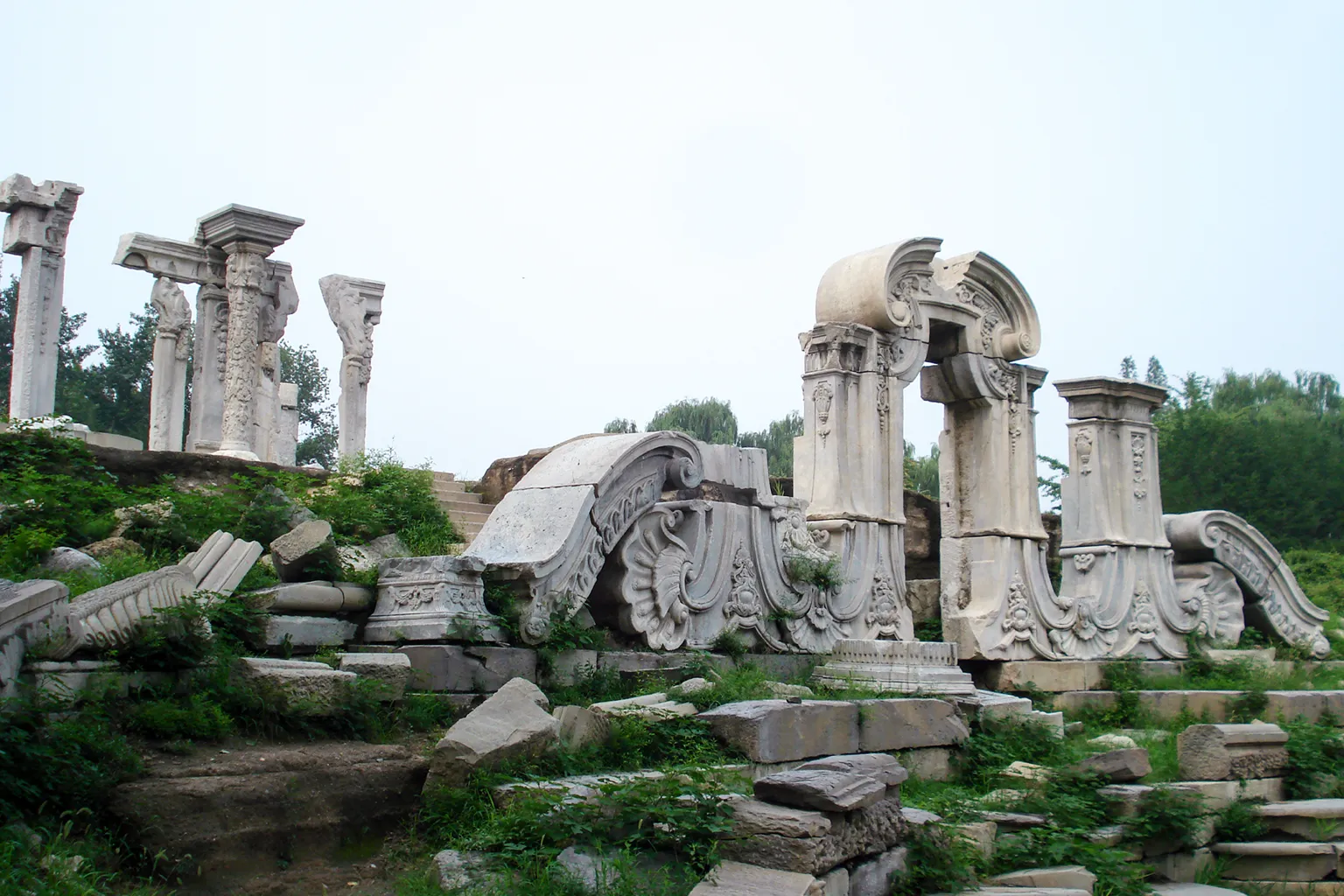
Modern Efforts and Controversies
In the aftermath of its destruction, various efforts have been made to restore and preserve the site. In 1984, parts of the palace were renovated, and it became a major tourist attraction. However, debates continue over whether to rebuild the palace fully, with concerns about destroying a significant historical relic. Recent projects have focused on restoring the lakes and waterways and refurbishing some of the remaining temples.
Cultural Significance
The destruction of the Old Summer Palace remains a sensitive topic in China. It symbolizes the “national wound” inflicted during a period of foreign humiliation. The looting and burning of the palace are widely regarded as acts of barbarism, and efforts to recover looted artifacts continue. Some treasures, like the Haiyan Tang Zodiac fountain’s animal heads, have been partially recovered, while many items remain in museums and private collections worldwide.
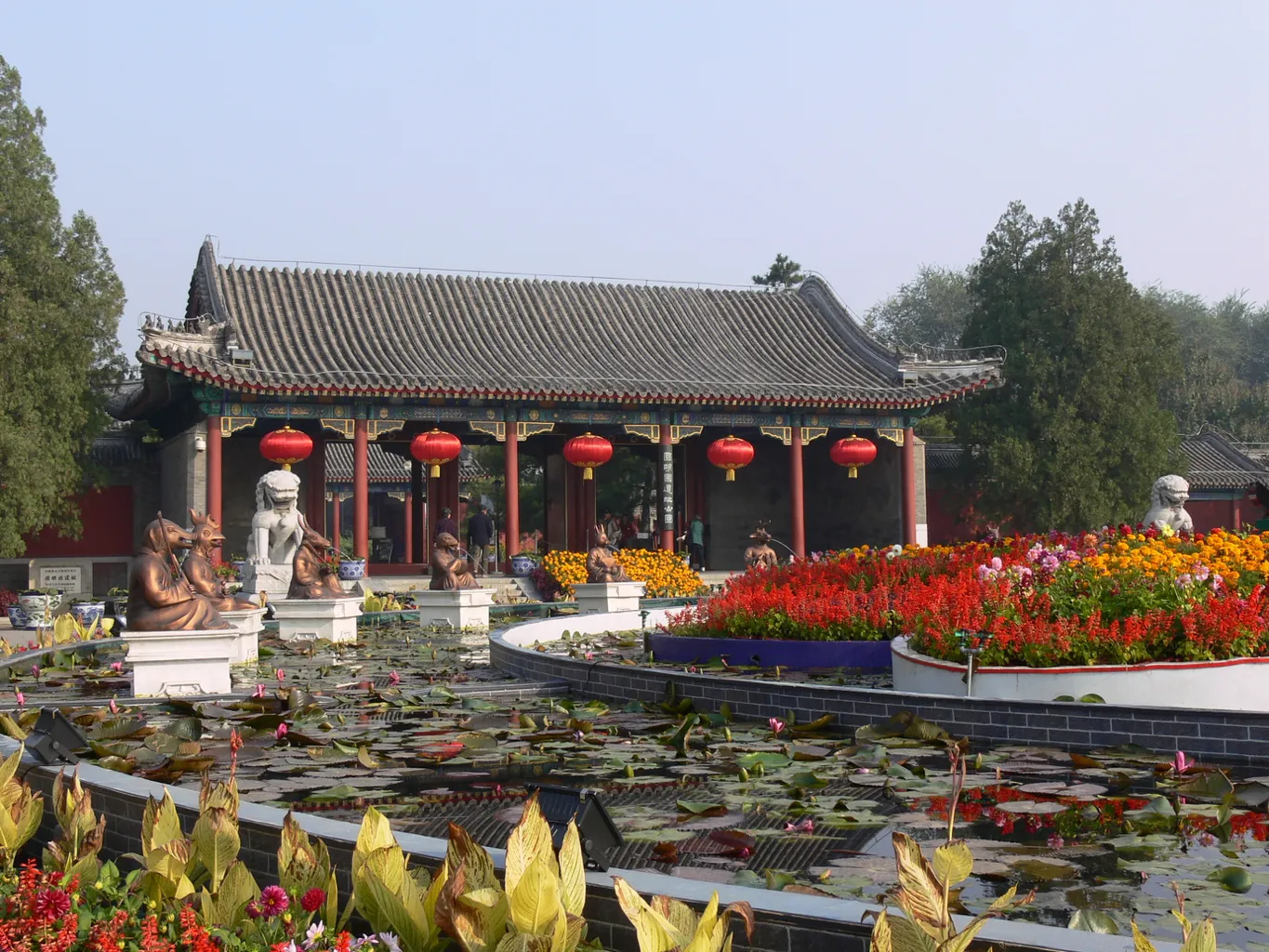
A Living Monument
Despite its ruin, the Old Summer Palace stands as a testament to China’s rich cultural heritage and the resilience of its people. It continues to attract visitors, scholars, and artists, serving as a poignant reminder of the nation’s past glory and the enduring impact of its history.
Sources:


